epson salt
rox146
10 years ago
Related Stories

LIFE12 Effective Strategies to Help You Sleep
End the nightmare of tossing and turning at bedtime with these tips for letting go and drifting off
Full Story
GARDENING GUIDESWhat's Wrong With My Plant? Leaves Often Hold the Clues
Learn how to identify common plant ailments by reading their leaves
Full Story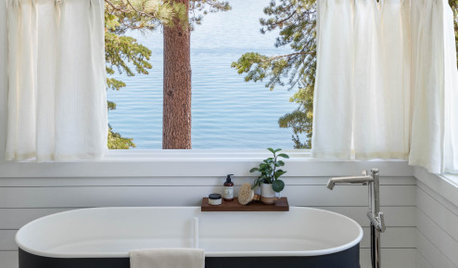
FEEL-GOOD HOMESimple Pleasures: The Art of the Bath
Turn your tub session into a spa-like experience with sensory treats and relaxing decor
Full Story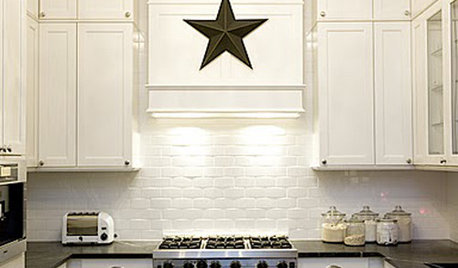
DECORATING GUIDESSuper-Versatile Storage: Lidded Glass Jars
See-Through Containers for Kitchen, Bathroom, Laundry Room and Beyond
Full Story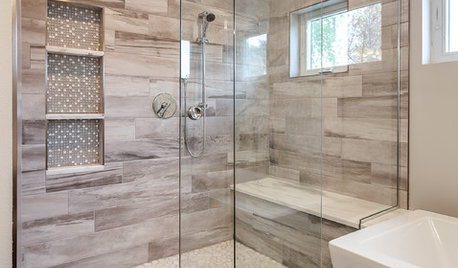
BATHROOM DESIGN10 Things to Consider Before Remodeling Your Bathroom
A designer shares her tips for your bathroom renovation
Full Story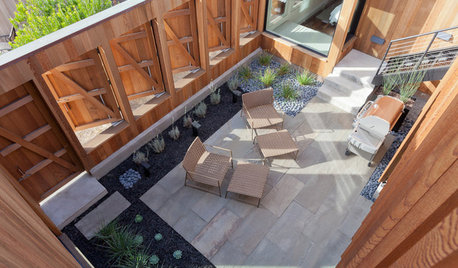
ARCHITECTUREDesign Workshop: 9 Ways to Open a House to the Outdoors
Explore some of the best ideas in indoor-outdoor living — and how to make the transitions work for both home and landscape
Full Story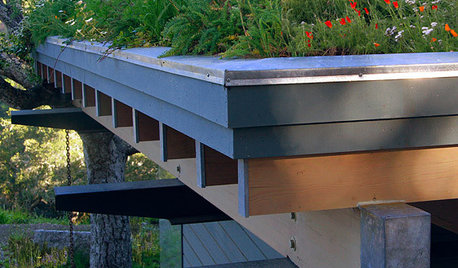
EARTH DAYHow to Install a Green Roof
Covering a roof with low-maintenance plants has benefits beyond just beauty. Get the details here
Full Story
KITCHEN DESIGN9 Questions to Ask When Planning a Kitchen Pantry
Avoid blunders and get the storage space and layout you need by asking these questions before you begin
Full Story





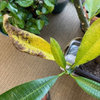
the_first_kms2
rox146Original Author
Related Professionals
Kyle Landscape Architects & Landscape Designers · Seabrook Landscape Architects & Landscape Designers · Willowick Landscape Architects & Landscape Designers · Damascus Landscape Contractors · Fishers Landscape Contractors · Fort Worth Landscape Contractors · Galt Landscape Contractors · Hawthorne Landscape Contractors · Lantana Landscape Contractors · Mashpee Landscape Contractors · Mission Viejo Landscape Contractors · Norwalk Landscape Contractors · West Haverstraw Landscape Contractors · Tyngsboro Landscape Contractors · Zion Siding & Exteriorsthe_first_kms2
tapla (mid-Michigan, USDA z5b-6a)
rox146Original Author
tapla (mid-Michigan, USDA z5b-6a)
beachplant
rox146Original Author
honeybunny2 Fox
rox146Original Author
beachplant